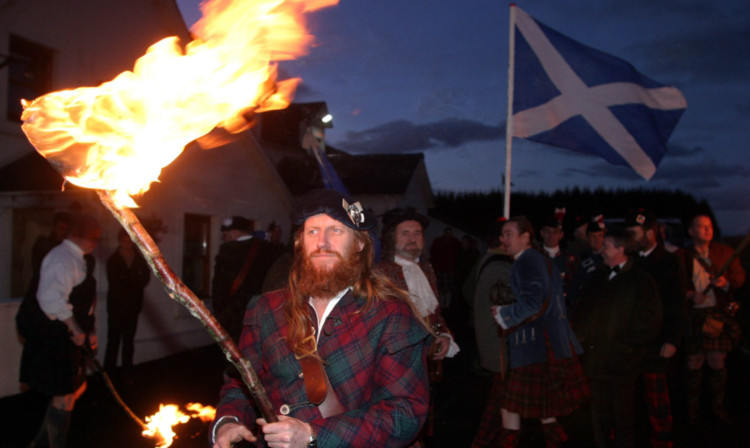Ambitious plans have been lodged for a £2 million heritage trail to be built on the site of a momentous Jacobean battle.
The Sheriffmuir area boasts a rich military heritage, ranging from being a northern frontier of the Roman Army through to the Battle of Sheriffmuir in 1715.
The site also saw military training for the First World War and the D-Day landings in the Second World War and was used for explosive testing during the Cold War.
Training trenches for the First World War and the large Atlantic Wall installations that were used for D-Day invasion practice still lie largely forgotten.
With the upcoming First World War commemorations, the 70th anniversary of the D-Day landings in June and the 300th anniversary of the Battle of Sheriffmuir next year, the trust which owns the land says now is the ideal time to regenerate the area.
The Kippendavie Group Trust has lodged a plan for a multi-purpose footpath and dedicated mountain bike route through Sheriffmuir, which it says will provide access to and information on the military heritage and boost the local economy.
A trust spokesperson said the project will also explain the movement of troops during the Battle of Sheriffmuir and let the public follow in the footsteps of the Duke of Argyll’s troops and the Earl of Mar and explore the area that Rob Roy and his men are said to have watched the battle from.
“We have tried to capture the area’s heritage through the phrase ‘one landscape, many battles’,” she said.
“Dunblane Museum’s project to survey the Atlantic Wall is one example of how various projects can combine to improve the community’s access and awareness of its history and in doing so support tourism projects.”
More than 30 miles of paths and cycle routes will be built across the site if the project, which is linked to a residential housing and garden centre development on land at Kippendavie Mains by Dunblane, is granted planning permission.
The Sheriffmuir Heritage Steering Group has also applied to the Community Covenant for funding to construct a replica section of the Atlantic Wall and observation point nearby.
Picture by Phil Hannah
